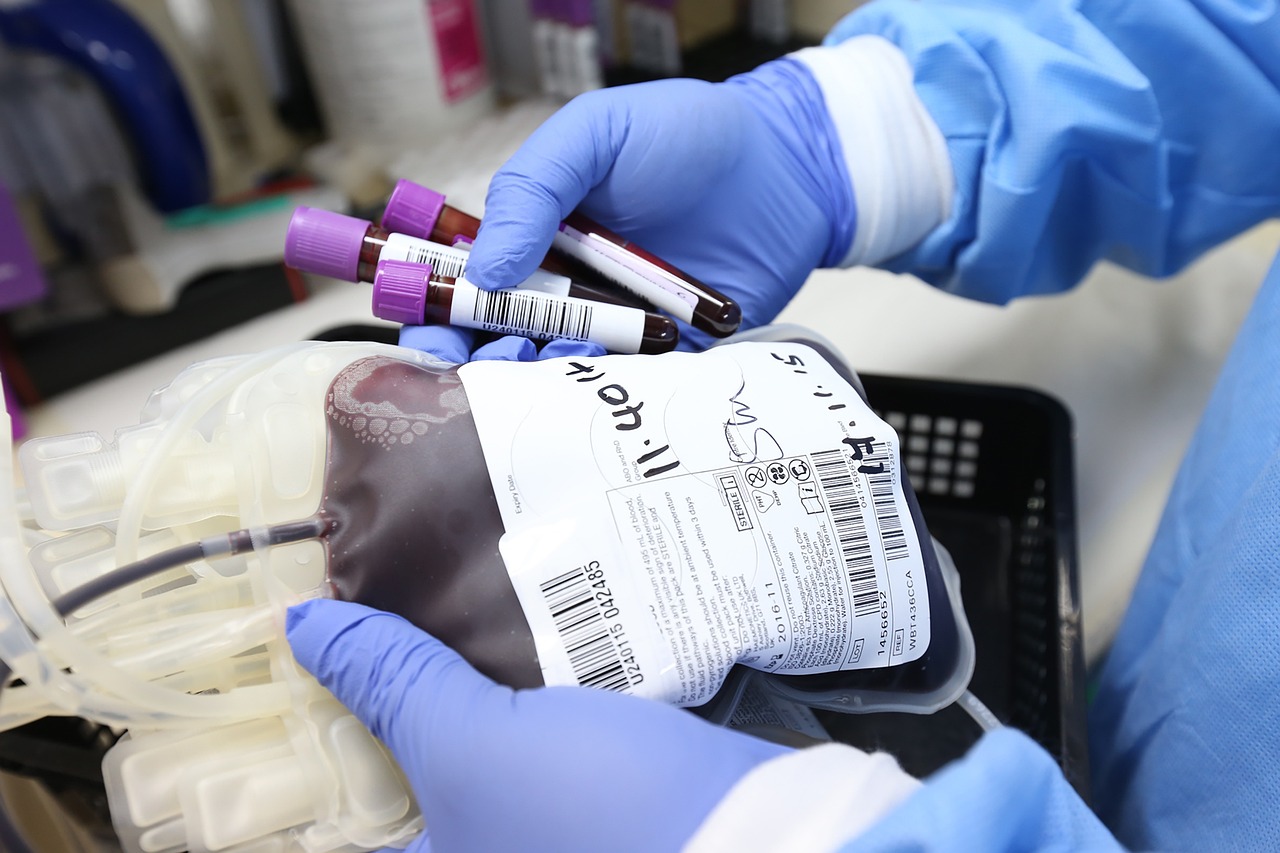
SHARE THIS ARTICLE:
Transfusion Transmitted Anaplasmosis
 The Journal of AABB Transfusion (Tonnetti, l., et al.) 03.16.24 published a case report, “A case of transfusion-transmission Anaplasma phagocytophilum from leukoreduced red blood cells.” Authors describe a case of Anaplasma phagocytophilum in a 64-year-old woman who was receiving weekly blood transfusions. The woman had gastric adenocarcinoma and multiple myeloma. A week after receiving a red blood cell transfusion, she presented with persistent fevers, hypotension, and shortness of breath.
The Journal of AABB Transfusion (Tonnetti, l., et al.) 03.16.24 published a case report, “A case of transfusion-transmission Anaplasma phagocytophilum from leukoreduced red blood cells.” Authors describe a case of Anaplasma phagocytophilum in a 64-year-old woman who was receiving weekly blood transfusions. The woman had gastric adenocarcinoma and multiple myeloma. A week after receiving a red blood cell transfusion, she presented with persistent fevers, hypotension, and shortness of breath.
Suspected of a tick-borne infection, the woman was tested for malaria and babesia, however these blood parasites were absent on both thick and thin blood smears. She also tested negative for Borrelia burgdorferi antibodies. Polymerase chain reaction (PCR) testing was conducted for Ehrlichia and Anaplasma species, and A. phagocytophilum was identified.
Investigation discovered that the blood donor was a female in her 70s from Maine. The donor was diagnosed with A. phagocytophilum 3 weeks after donating blood. The leukoreduced red blood cells were transfused 9 days post collection to the transfusion recipient. Though treatment with doxycycline successfully eradicated the infection, the recipient of the transfusion died due to complications from her cancer.
There have been rare reports of A. phagocytophilum infection with both leukoreduced red blood cell and platelet transfusions. In endemic areas, tick-borne associated infections should be considered when persistent fevers, new thrombocytopenia, and transaminitis (a condition that occurs when liver enzymes are elevated) when investigating post-transfusion complications, especially in endemic regions.
For More Information:
Read the The Journal of AABB Transfusion Case Report
Read More LDA Articles on Transfusion Transmitted Infections





